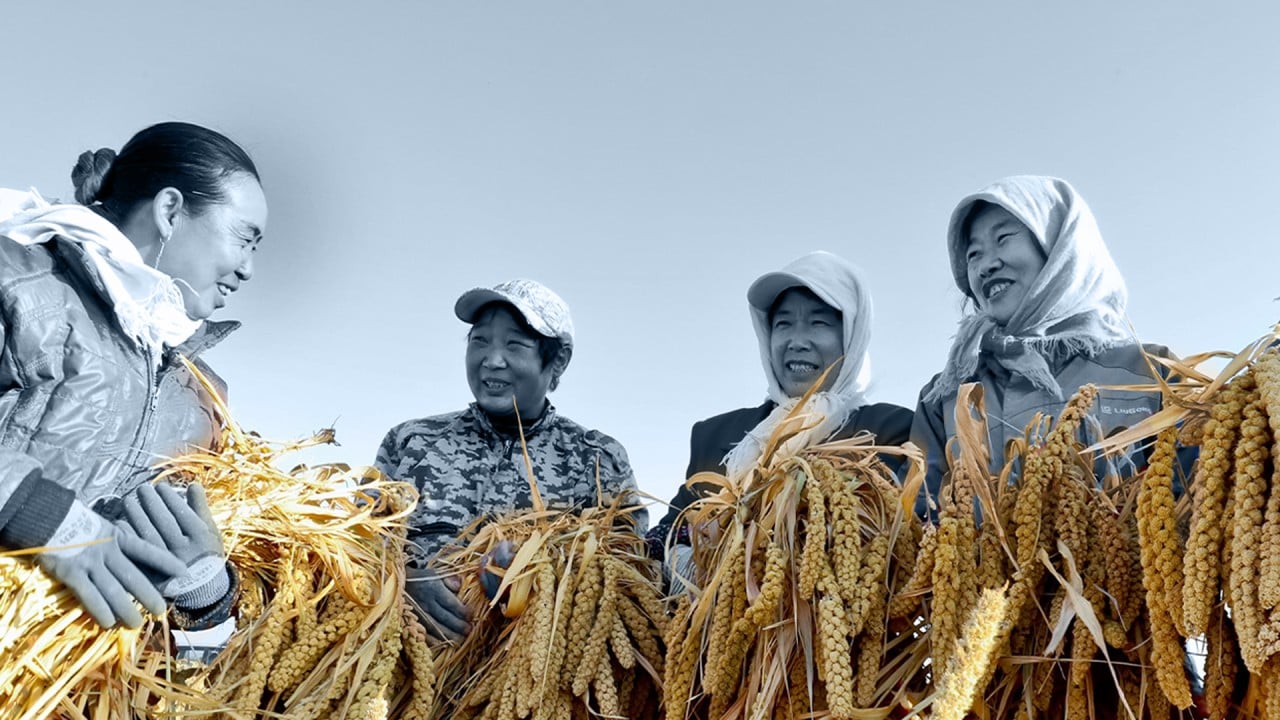The pandemic has also served as a “warning lesson” to all of Chinese society on the importance of emergency food supplies, said the administration’s director, Cong Liang.
He vowed to improve a nationwide emergency response system, which he said has proven to be weak. Overall, however, Cong noted that China is more than 95 per cent self-sufficient in grains and has an annual food-supply allocation of 480kg (1,058 pounds) per person, well above the international standard of 400kg frequently cited by Chinese officials.
Zheng said the great pressure being put on local governments also came as the lower limit of arable land size, which Beijing set at 120 million hectares (296.5 million acres), has been increasingly challenged in recent years amid a rush to build up landscaping and grow more lucrative plants.
Grain-planting acreage has also dropped … as people replaced it with more profitable crops
“There has been a greening ‘Great Leap Forward’-type movement in some areas, where a large amount of money and effort were spent on building big parks and lawns,” he said, referencing the disastrous economic campaign in the late 1950s and early 1960s launched by Mao Zedong to modernise the country within just five years.
“Grain-planting acreage has also dropped in western areas and some southern regions, as people replaced it with more profitable crops to accomplish the goal of eliminating absolute poverty in past years,” he added.
The authorities are also working to improve the stability and resilience of China’s soybean supply, authorities said at the press conference. The country has long relied on US imports of soybeans to produce enough edible oil and livestock feed.
Besides improving productivity and processing technologies, Cong also urged the public to consume less food oils, for the good of their health.
In the meantime, “we will try to stabilise traditional source markets of soybeans and also explore new markets in pursuit of diversified sources of imports”, Cong said.
China is also looking for new suppliers of corn, of which it used to similarly depend on the US and Ukraine.
Since last year, China has been importing corn from Myanmar, South Africa and Brazil. Brazil overtook Ukraine in recent months to become China’s second-largest source of corn, according to a commentary in the state-run Economic Daily on Thursday.
“Grain diplomacy” would expand China’s circle of friends and improve its ability to manage the global food supply chain, it said.
Doug Christie, a former executive with leading agricultural commodity trader Cargill, said China should increase domestic oilseed production at the expense of other crops to fulfil its pledge of greater food self-sufficiency.
“Oilseed imports for domestic livestock feed have been the key feature of China’s diet evolution, but crop patterns within China have not mirrored this,” he said in a report issued by publishing house Hedder late last month.
“A realignment of acres inside China away from grains and toward oilseeds would help correct the imbalance,” he said.
“China could then look to increase grain imports as needed to offset any domestic acreage reductions. This would have an added benefit of allowing China to increase trade with politically favoured partners (i.e. Russian wheat) while minimising its reliance on US soy.”



